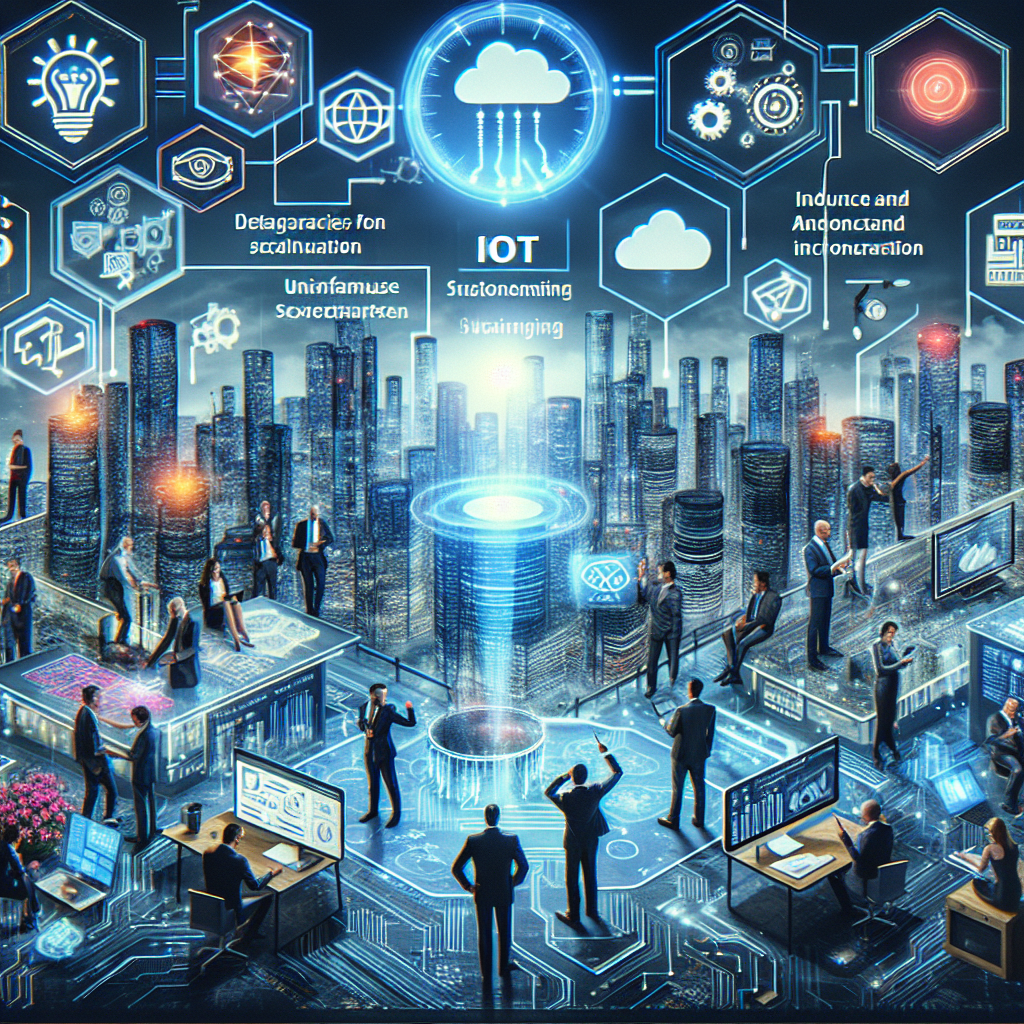As we move further into 2024, the ERP (Enterprise Resource Planning) landscape is evolving at a rapid pace. Businesses are seeking more than just traditional functionalities from their ERP systems. Here are the latest trends in ERP systems that every business should be aware of this year.
**1. Integration with Advanced Technologies**
ERP systems are no longer standalone applications. Integration with advanced technologies, including IoT, AI, and machine learning, is becoming a standard feature. These integrations enable real-time data analysis, predictive maintenance, and automated decision-making processes. In 2024, expect to see more ERP solutions that leverage these technologies to create smarter business operations.
**2. Cloud-Based ERP Solutions**
The shift towards cloud-based ERP systems continues to gain momentum. With enhanced security measures and flexible pricing models, more businesses are embracing the cloud. Cloud ERP solutions offer advantages such as easier scalability, lower upfront costs, and remote accessibility, which are particularly attractive in today's increasingly digital business environment.
**3. Enhanced User Experience**
User experience (UX) is a crucial element of modern ERP systems. Vendors are investing heavily in improving the usability and interface design of their software. In 2024, businesses can expect ERP solutions to offer more intuitive navigation, personalized dashboards, and mobile-friendly interfaces to enhance productivity and user satisfaction.
**4. Industry-Specific ERP Solutions**
One size does not fit all, especially when it comes to ERP systems. Industry-specific ERP solutions are becoming more prevalent, offering tailored features and functionalities that cater to the unique needs of various industries such as manufacturing, healthcare, and retail. Businesses can now choose ERP systems that align more closely with their operational requirements and industry best practices.
**5. Data Security and Privacy**
With the increasing threats of cyberattacks, data security and privacy remain top priorities for businesses implementing ERP systems. In 2024, ERP vendors are expected to incorporate more robust security features, including advanced encryption, multi-factor authentication, and regular security audits. These measures help ensure that sensitive business data remains protected against unauthorized access.
**6. Increased Focus on Sustainability**
Sustainability is becoming a critical business objective, and ERP systems are playing a pivotal role in achieving this. Modern ERP software now includes features that help businesses track and reduce their environmental impact. This includes monitoring resource usage, waste management, and carbon footprint, which are essential for companies aiming to meet sustainability goals and regulatory requirements.
As ERP systems continue to evolve, businesses must stay informed about these trends to make strategic decisions. Integrating advanced technologies, adopting cloud-based solutions, prioritizing user experience, focusing on industry-specific needs, ensuring data security, and committing to sustainability are key factors that will shape the ERP landscape in 2024.
By aligning with these trends, businesses can leverage their ERP systems to drive efficiency, innovation, and growth.
Estimated reading time: 2 minutes, 18 seconds
ERP Trends in 2024: What Businesses Need to Know Featured
 Explore the latest ERP trends in 2024, including advanced technology integration, cloud-based solutions, enhanced user experience, data security, and sustainability.
Explore the latest ERP trends in 2024, including advanced technology integration, cloud-based solutions, enhanced user experience, data security, and sustainability.
Latest from ERP Global Insights
- Navigating the Digital Transformation Wave with ERP Systems
- Navigating the ERP Evolution: A Closer Look at Integration Trends
- ERP Systems Evolve: The Rise of Sustainability Integration
- The Rise of Cloud ERP Solutions: Transforming Business Operations
- Navigating the Green Transition: ERP Systems Pave the Way
Most Read
-

-
May 22 2017
-
Written by mark
-
-

-
May 19 2021
-
Written by BobWScott
-
-

-
May 22 2017
-
Written by BobWScott
-
-

-
May 25 2016
-
Written by mark
-



